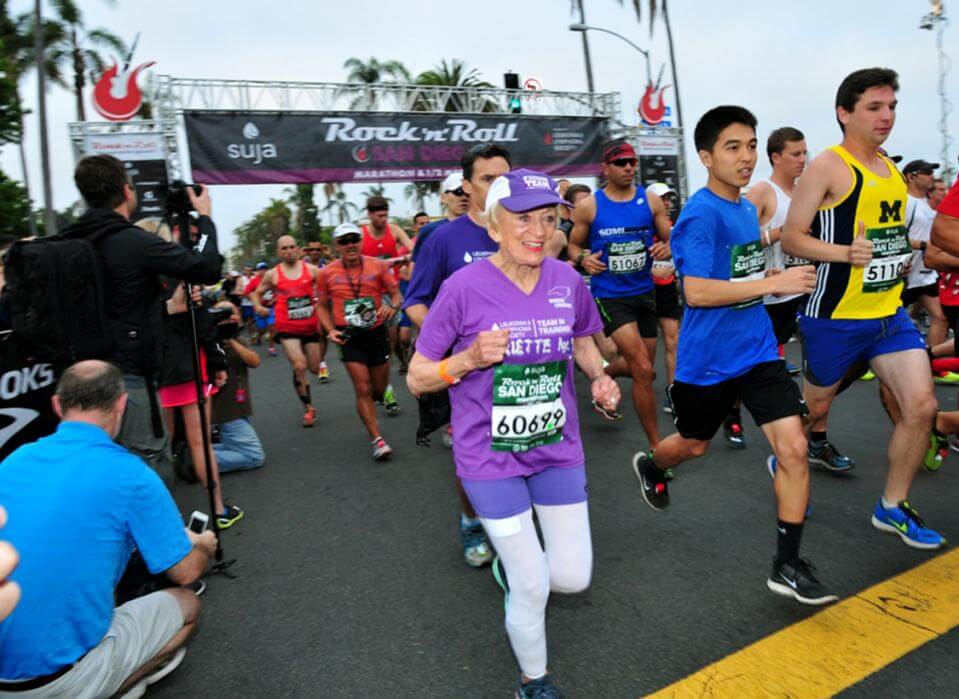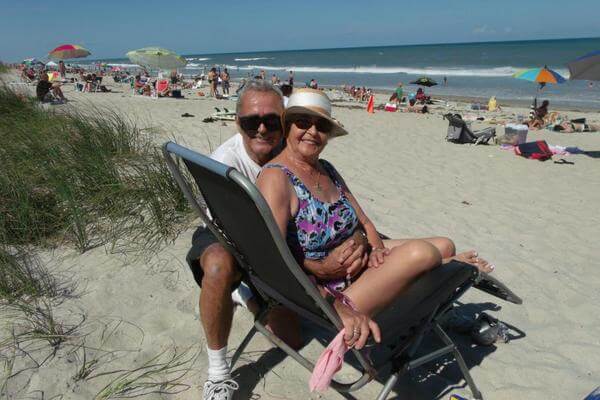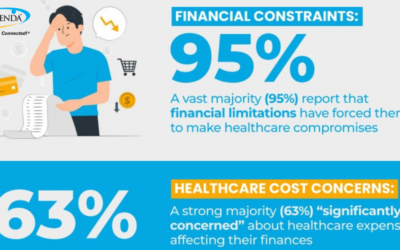Who do we picture when you think of a senior? Do we imagine someone with gray hair, bifocal glasses, outdated clothes, dentures, and a cane or walker? Do we associate this person with diminished mental or physical capabilities, simply because of their age? If so, this is called “ageism”, and we’re here to show a few examples of why it should stop.
There are a host of negative stereotypes about aging ranging from health and mobility to the ability to understand technology. These stereotypes are perpetuated by the media, and unfortunately by society at large — yes, that means many of us, and often inadvertently. While many older adults develop certain conditions associated with aging, these conditions do not represent all older Americans. Discover how these three active adults are shattering stereotypes of aging:
Ageist Stereotype #1: Health
Imagine a 25 year old man standing next to a 65 year old man. Which would you say is healthier?
Many people wouldn’t hesitate to answer that the 25 year old is healthier than his 65 year old counterpart. But how do you define health? There are plenty of young adults who suffer from chronic health conditions such as obesity, and older adults who are the perfect picture of health. In fact, a 2011 survey by psychcentral.com claims that young people think they’re healthier than they are. Young or old, age is not necessarily an indicator of health.
Jo Pavey is an excellent example of an older adult who is in better health than her younger counterparts. She became the oldest-ever European female athletics champion when she won the gold medal in the European 10,000 meter run at age 40. Coming in at 32:22.39, Pavey made headlines in 2014 upon her incredible win which came only 10 days after she won the Commonwealth bronze medal in Glasgow. Pavey beat a 24 year old athlete – 16 years her junior – during the 10,000 meter race, shattering the stereotype that someone older can’t compete effectively against younger participants.
Ageist Stereotype #2: Mobility
Let’s revisit that mental image of an older American: did you picture someone with a cane, walker or wheelchair?
The truth is that more than 2/3rds of aging adults do not use walking aids. For the 1/3rd who do, a better perspective to take is how the walking aid empowers the person to be more mobile, not that they are confined or limited to using the aid.
Harriette Thompson, however, is one active American who completely destroys the myth of older adults with limited mobility. Thompson was 92 when she earned the title of “oldest woman to run a competitive 26 miles and 385 yards” last year during the San Diego “Rock n Roll” marathon. A two-time cancer survivor, Thompson is accustomed to beating the odds. She further defied stereotypes about aging when she first decided to take up running at age 76, at which point she began running marathons every year – she has skipped one marathon, though, since she was undergoing cancer treatment at the time. Thompson demonstrates that older age represents a new chapter of life.
Paul Nestor/Competitor Group via AP (Photographer). (2015, May 31). Hariette Thompson [digital image]. Retrieved from http://sports.yahoo.com/news/92-old-seeks-become-oldest-woman-finish-marathon-071230572–spt.html.
Ageist Stereotype #3: Relationships
The stereotype that all seniors have been married for decades or are widowed after many years together, has existed for centuries. However, in the modern age of the Internet, this stereotype about older adults’ romantic relationships is falling apart. While many older Americans are just as in love with their spouses as they were on their wedding day 30, 40, or 50+ years ago, a great deal of those aged 65 plus are single and ready to mingle! Websites such as seniorpeoplemeet.com, ourtime.com, and datingforseniors.com are a testament to the fact that we all enjoy love in our silver and golden years. In fact, 6% of Americans between 55-64 years use dating websites or apps – only 4% less than people aged 18-24 years old according to U.S. News.
For Bruce and Bernadetta Bateman, however, love was found the “old-fashioned” way: offline. They married at 76 and 73 years old after meeting at the Lakewood Village retirement community in Florida. Bruce fell for Bernadetta first, although Bernadetta didn’t see Bruce as a potential love interest until after Bruce sent her a condolence note when Bernadetta’s pet passed away. The Batemans were betrothed in January 2012 and married only two months later. It just goes to show that there is no age limit when it comes to falling in love!
US News & World Report (Author). (2015, May 1). Bruce and Bernadetta [digital image]. Retrieved from http://www.usnews.com/cmsmedia/2a/58/74bbfcc2459392c18bb33e8afeeb/150501-brucebernadetta-submitted.jpg.
Ageing Stereotypes
Stereotypes about aging do matter because they impact how our Greatest Generation feel about themselves. No different than sexism or racism, ageism can be hurtful emotionally and otherwise to those it affects. If you enjoyed this read, share these examples with a friend, relative, or other loved ones, and let them know ageism is getting old!






